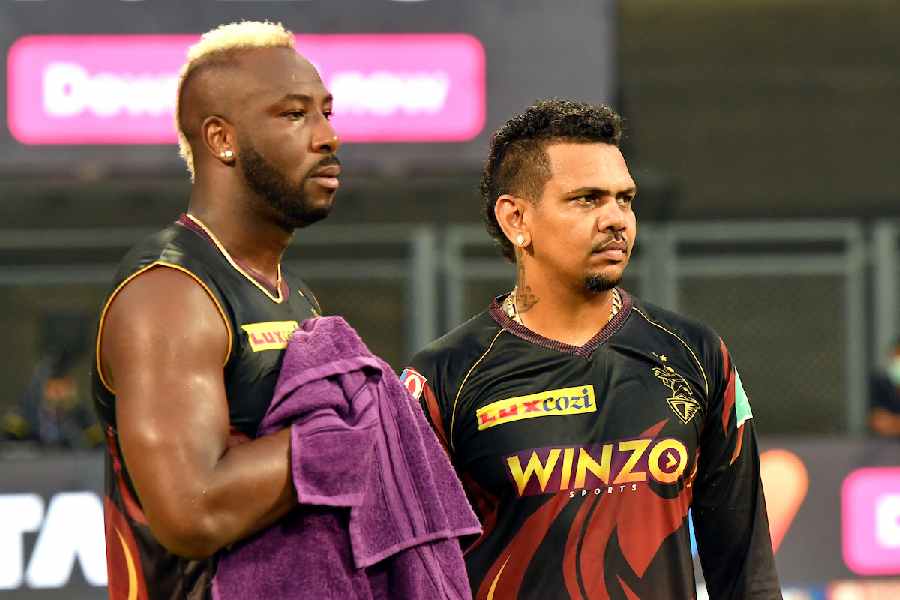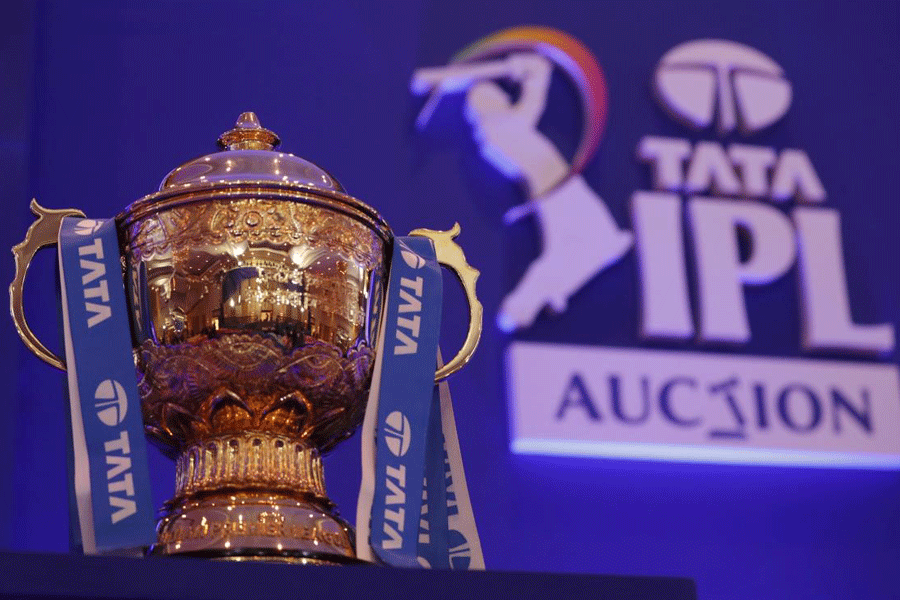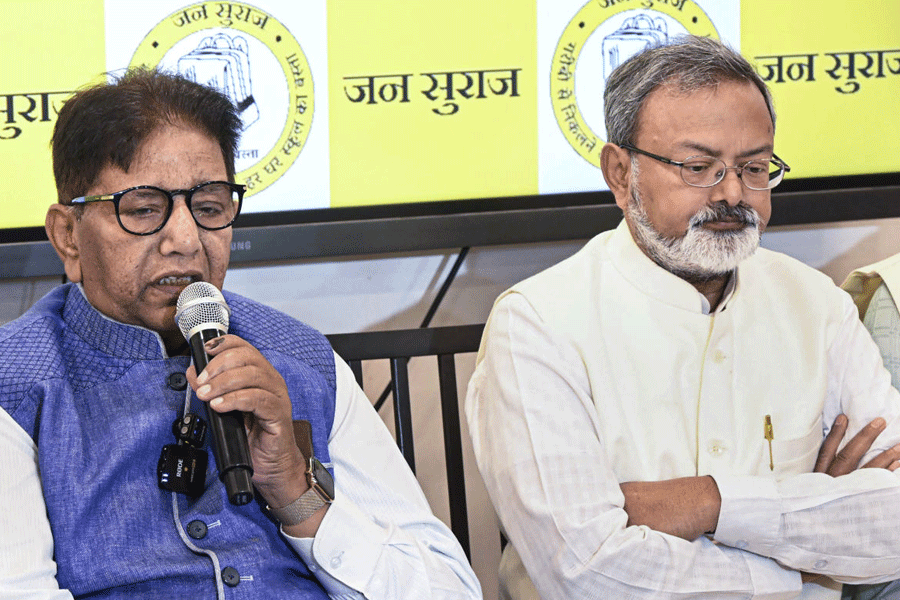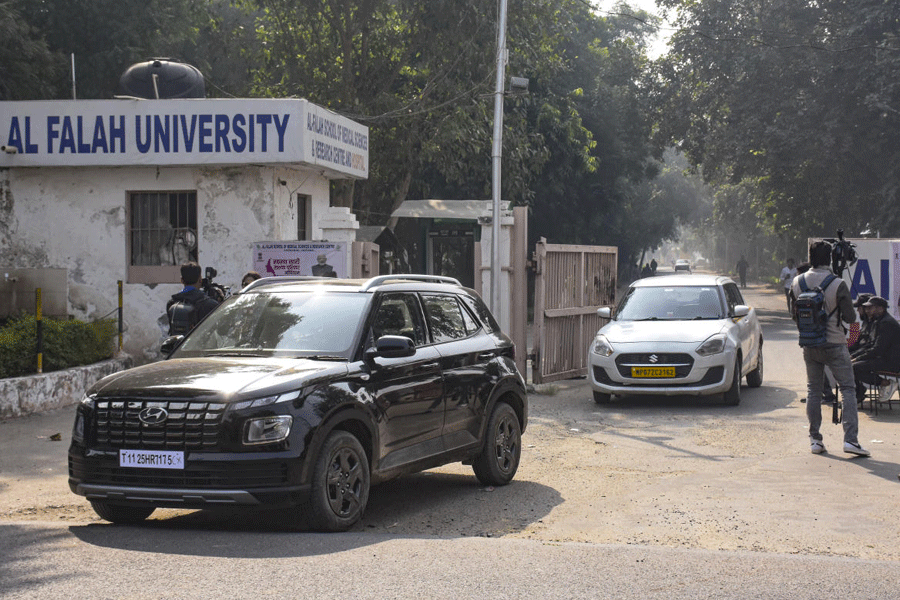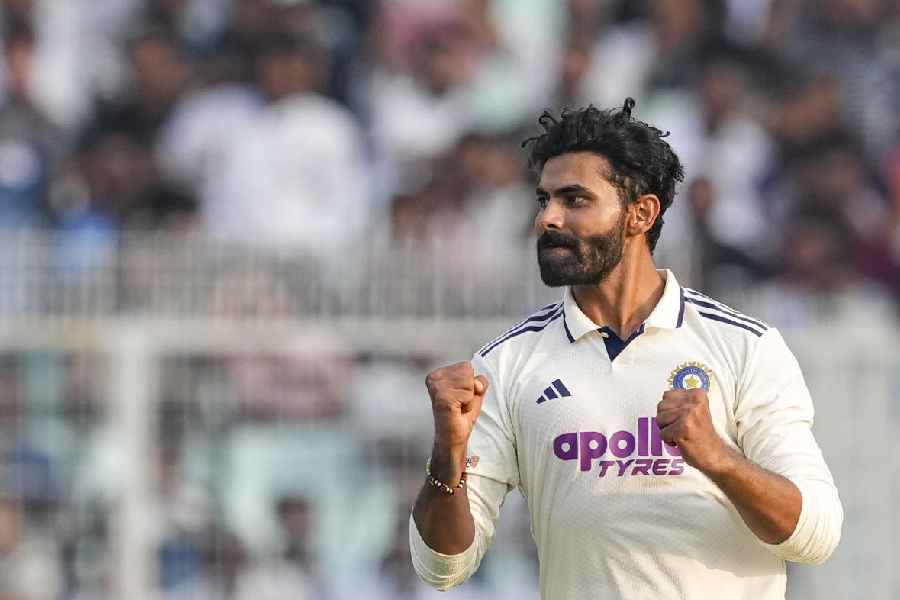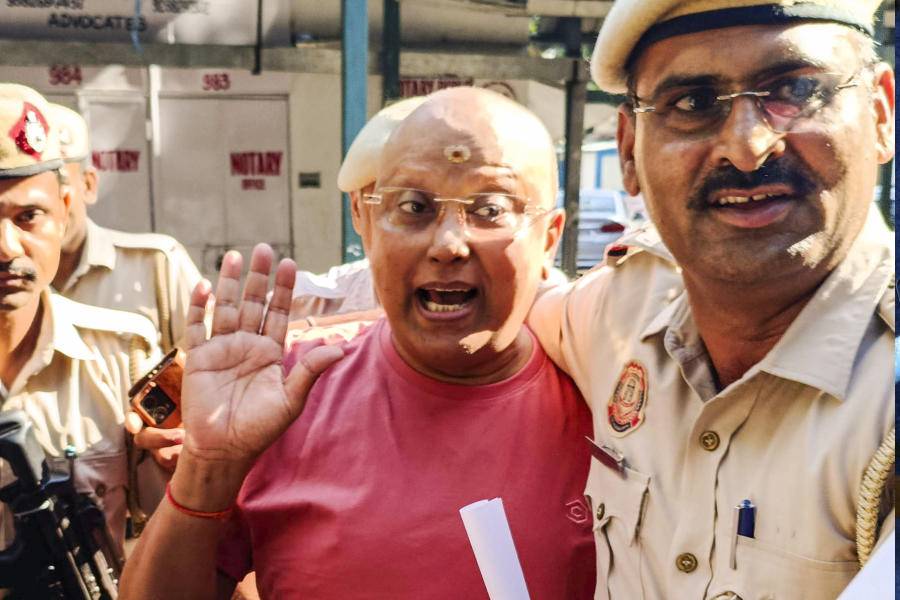Kolkata Knight Riders have never been shy of big calls, but few decisions have felt as symbolic as this one: retaining Sunil Narine, the franchise’s most trusted constant, and releasing Andre Russell, the muscular heartbeat of KKR’s golden years.
For more than a decade, the two Caribbean stars formed the club’s axis — one the mystery spinner who morphed into a surprise opener, the other the thunderbolt finisher who won matches in 12 balls flat.
Breaking that partnership is more than a spreadsheet move. It marks the beginning of a new KKR.
And yet, dig through the logic and the call begins to make sense. Narine’s utility has expanded as he grew older.
His value no longer lies only in four overs of deception but in his versatility — opener, floater, middle-overs matchup tool, a guaranteed three-over spell, and the tactical freedom he brings when building an XI with only four overseas slots.
Russell, by comparison, remained a role player: destructive, irreplaceable on his night, but operating in a narrower band.
Auction recycling strategy
The first layer of the decision is financial. Russell’s salary (12 cr) sat in a premium bracket. Releasing him, even temporarily, instantly opens purse flexibility before a competitive mini auction where KKR expect to rewire their squad.
The “auction recycling strategy” — release a big name and consider buying him back cheaper — is a familiar IPL play. At 37, with fluctuating availability, Russell may not command the aggressive bidding he once would have. KKR know this better than anyone. This may not be goodbye; it may simply be a reset.
The overseas slots argument
Every IPL team walks into a season needing four foreign picks that cover a new-ball pacer,a death-overs option, a top-order power hitter and a utility player who offers both skills.
Keeping Russell meant KKR would be forced into a narrower tactical template. Releasing him frees them to chase younger, multi-skill overseas profiles — seam-bowling finishers, left-handed power hitters, or all-rounders who can consistently bowl two overs every night.
The domestic all-rounder surge
KKR’s scouting group has, over the last few seasons, invested heavily in Indian seam-up hitters and off-spin all-rounders. These players are cost-effective and occupy no overseas slot, easing the decision to move away from an ageing finisher whose primary damage came in brief bursts.
Availability and workload
Russell remains a global T20 magnet, playing in the UAE, Caribbean, USA, Australia, Pakistan, England and wherever the calendar allows. For a franchise that wants pre-season continuity, mid-season stability and predictable workloads, this is a headache.
Nagging injuries and accumulated travel fatigue have also altered the risk-reward equation. A player available for only 8–10 games can no longer command a premium retention slot.
The leadership blueprint
KKR’s backroom has undergone its own restructuring over the past year. Newer analysts, fresh tactical lenses and a clear preference for a more balanced XI have pushed the franchise towards a template that prioritises bowlers who bat, batters who bowl, and specialists who contribute across phases.
Russell’s role — six-over bursts of power hitting and the odd two-over spell — doesn’t fit the emerging model. Narine, by contrast, checks more boxes than ever.
Sixth, long-term planning and longevity concerns
Franchises now plan for 18–24 months, not 14 games. Retaining a player touching 40, with a history of muscle and knee niggles, is an optimistic bet in a league that has become faster, more physical and unforgiving on senior all-rounders. KKR may simply be future-proofing.
Performance-to-price ratio
Even Russell’s nuclear innings couldn’t mask the high-variance nature of his returns. T20 is increasingly about efficiency: 20 effective balls, three high-impact overs, repeatable matchups. For all his brilliance, Russell became less of a certainty and more of a gamble.
Put together, the decision begins to look less like an emotional rupture and more like a clinical diagnosis of where KKR want to go. Narine represents utility, flexibility and reliability. Russell represented impact, but impact delivered in unpredictable waves.
That doesn’t mean the story is over. The franchise has left itself room to play both sides: release the legend to unlock purse space, rebuild strategically, and if the auction table falls right, bring him back in purple and gold at a price that reflects his role today, not his legacy yesterday.
For now, though, the symbolism stands. KKR kept the mystery. They let the muscle go. And in doing so, they signalled the beginning of a new KKR era — leaner, more flexible, and built for the future rather than the past.

